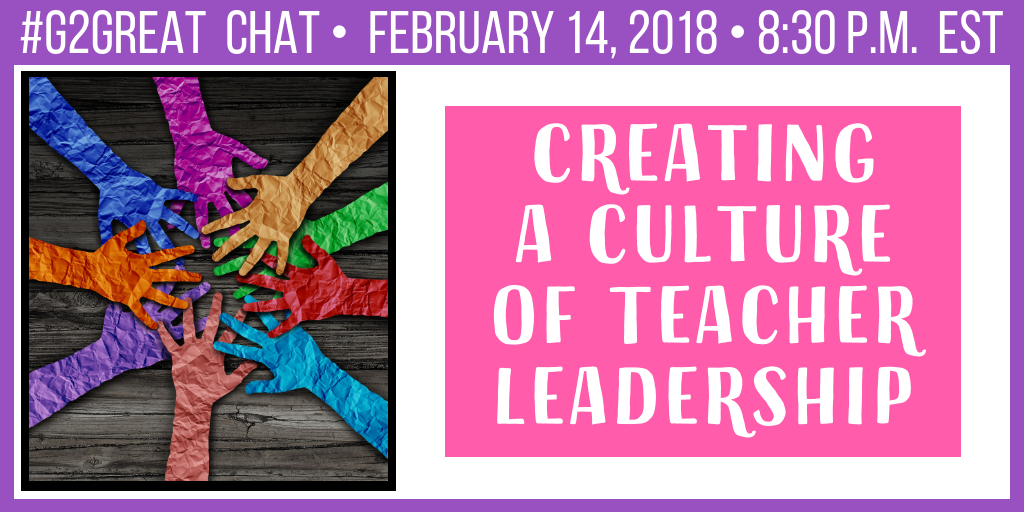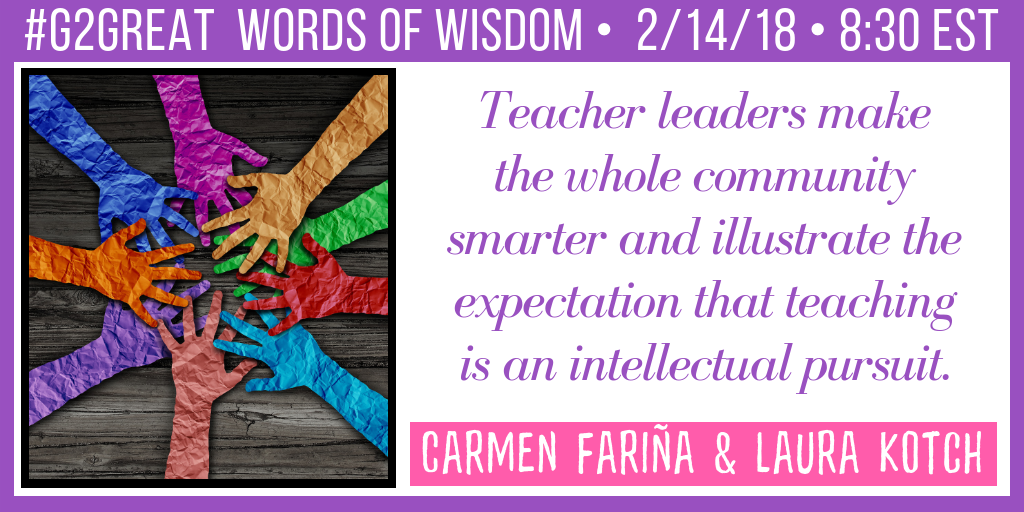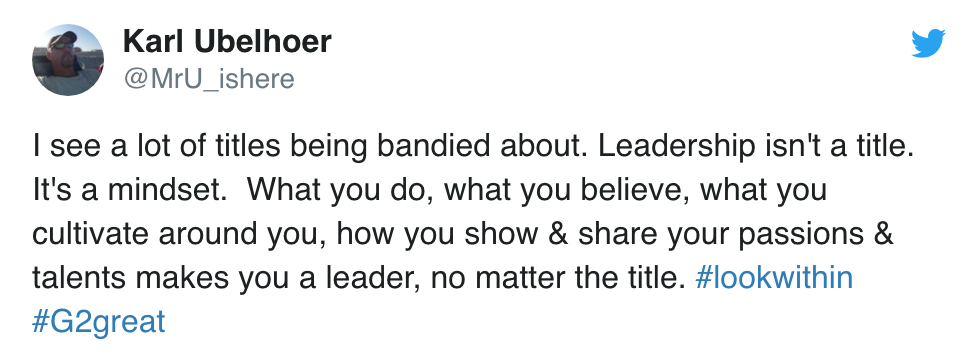
by Amy Brennan
The Impact of Teacher Leadership
Teacher leadership is an integral and often under recognized role in our schools. The leverage and impact that a teacher as a leader has on their local school community (not to mention the larger community) is powerful. Still – so many people do not see the power that affects change and comes from within the teaching profession.
Often times, the informal roles that teacher leaders take on can have great impact because their colleagues listen and follow an unappointed, but natural leader. Sometimes it is the quiet action, sometimes it is the consistent action. Always being a professional and a learner, taking on challenges, showing up early, being there for others, sharing their work, opening their classroom door to share with colleagues, sharing reflective thoughts, speaking up at faculty meetings, and sharing ideas that work for the greater good – free of ego. Teachers have an incredible impact on the culture of a building as well as the greater educational community near and far. These informal roles, when nurtured have the potential to lead a culture of positivity in a school, creating a school where students are ultimately achieving more. We know from John Hattie’s research that collective teacher efficacy has the greatest effect size on student achievement. We cannot deny the impact that teacher leaders have on this idea that teachers collectively believe they impact student learning.
Teachers who take on an informal role can do that as a teaching partner, someone who others value and offers insight or a place for reflection. Teachers can help to support the shared vision across a school and by establishing different formal roles in addition to the informal roles can help to develop and nurture those who are inclined for leadership.

Great leaders create leaders
It is important to create an environment that grows and nurtures teachers as leaders. This starts by leaders with titles such as district leaders, building leaders, and literacy coaches modeling leadership behaviors. As the leadership behaviors are modeled it allows others to join in, perhaps in more informal and often times more impactful ways.
Great leaders identify, develop and nurture other leaders. They truly understand the message from Eleanor Roosevelt, “We do well when we all do well.” It is simply no longer enough when we work alone, in our classroom silos. We need to work together in our schools and we need to find those teachers who have the passion to take on the challenge in teacher leadership. Once we can do this we can we rise together, stronger than before and then only then – we will have a greater collective impact on our students.





